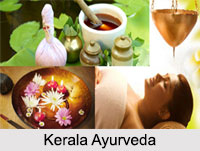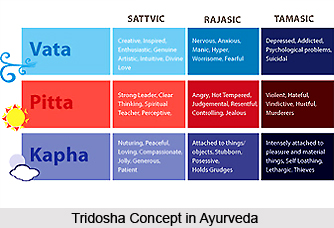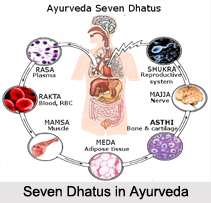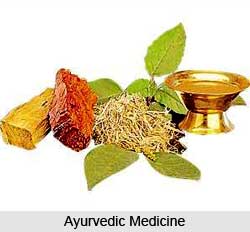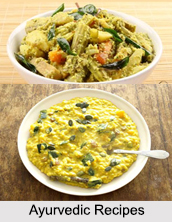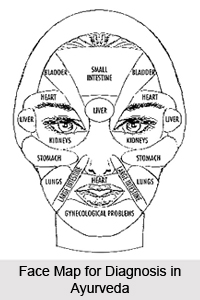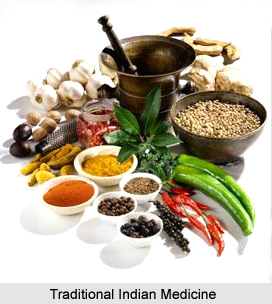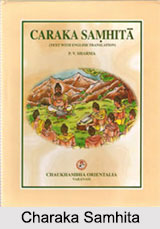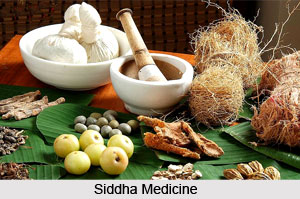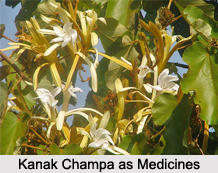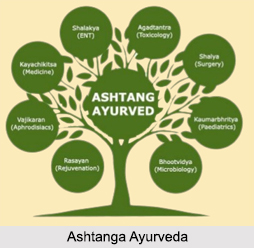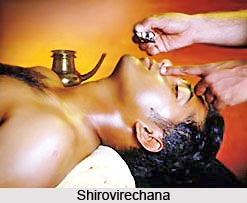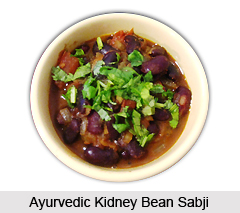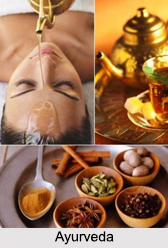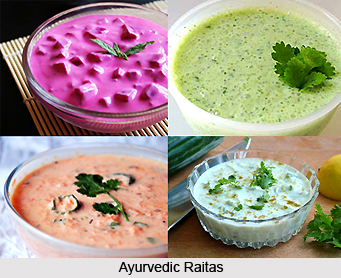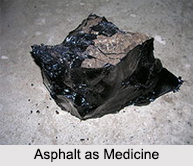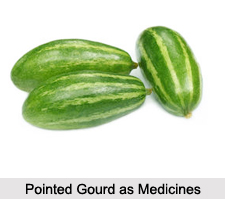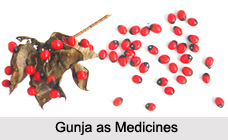 Abrus Precatorius is commonly known as Gunja. This plant is remarkable for its small egg shaped seeds, which are of a brilliant scarlet colour with a black scar indicating the place where they were attached to the pods. Sanskrit writers mention two varieties, namely, white and red seeded. The properties of both are said to be identical.
Abrus Precatorius is commonly known as Gunja. This plant is remarkable for its small egg shaped seeds, which are of a brilliant scarlet colour with a black scar indicating the place where they were attached to the pods. Sanskrit writers mention two varieties, namely, white and red seeded. The properties of both are said to be identical.
Health Benefits of Gunja
The seeds are described as poisonous and are used internally in affections of the nervous system and externally in skin diseases, ulcers, affections of the hair, etc. The root of the plant is described as emetic and useful in poisoning. The seeds constitute the ratti weight used by Hindu jewelers and druggists.
Dose of Gunja in Medicine
In white leprosy, a paste composed of gunja seed and plumbago root is applied as a stimulant dressing. In alopecia, a paste of gunja seed is recommended to be rubbed on the bare scalp. The seeds of Abrus precatorius reduced to a paste are recommended to be applied locally in sciatica, stiffness of the shoulder joint, paralysis and other nervous diseases.
Gunja Bhadra Rasa: Take the seeds of Abrus precatorius 6 parts, mercury 3 parts, sulphur 12 parts, neem seeds, Cannabis sativa leaves and croton seeds, each one part. Rub them together and soak for one day in each of the following fluids, namely, lemon juice, juice of the leaves of Cannabis sativa, datura leaves and the leaves of Solatium nigrum (kakamachi). This medicine is given in doses of about 8 grains with rock salt and asafoetida, in paraplegia.
Gunjadya Taila
Gunjadya Taila is used as a local application in scurf of the scalp, prurigo and other skin diseases. To make this medicinal oil, take prepared sesamum oil 4 seers, juice of the leaves of Wedelia calendulacea (bhringaraja) 16 seers, seeds of Abrus precatorius reduced to a paste one seer and boil them together in the usual way.
This article is a stub. You can enrich by adding more information to it. Send your Write Up to content@indianetzone.com
Related Articles
Ayurveda
Origin of Ayurveda
Ayurveda Medication
Elements of Ayurveda
Concepts of Ayurveda
Ancient Literature of Ayurveda
